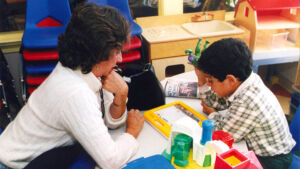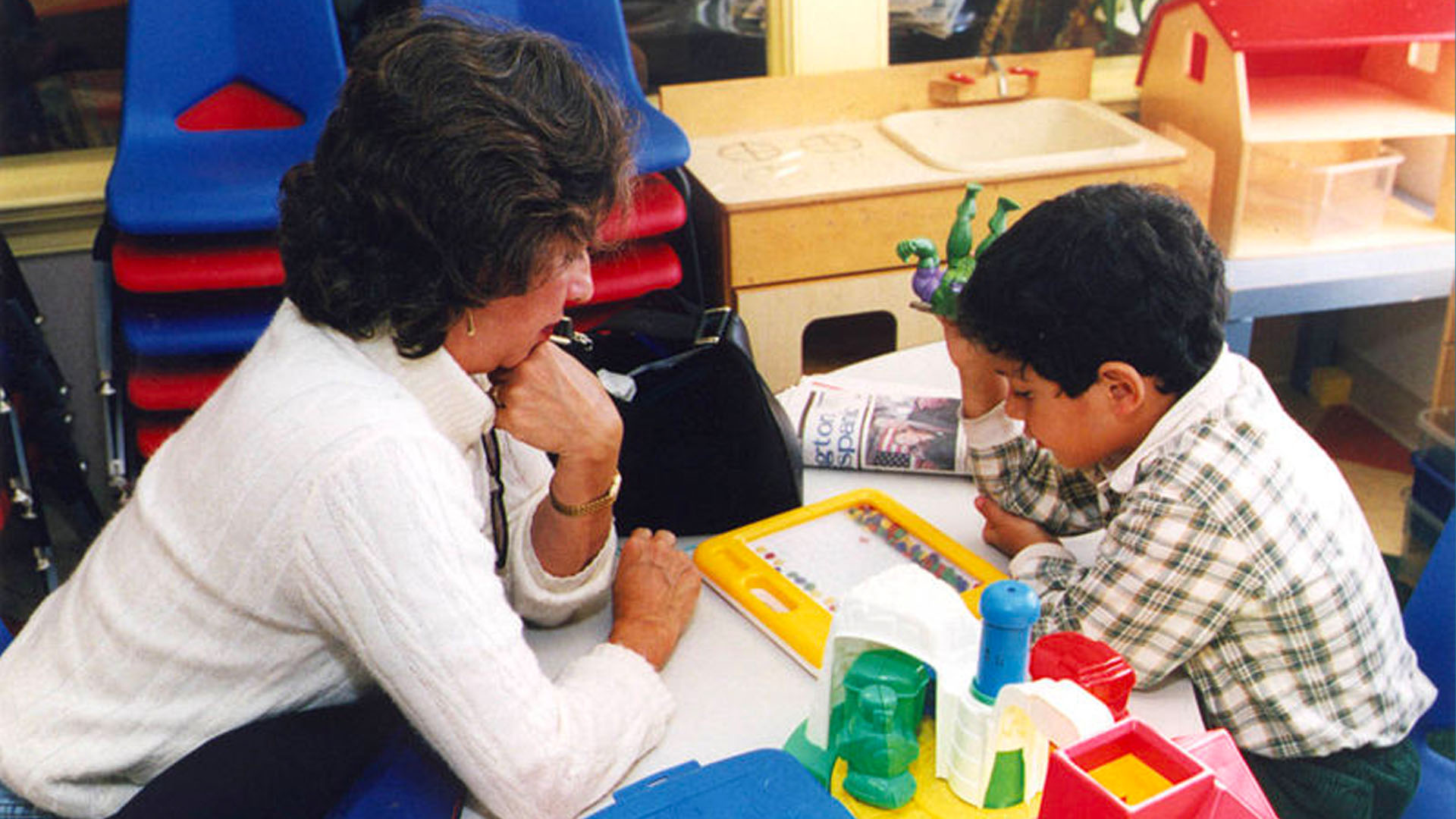There is nothing more frustrating to a trained educator than being underutilized in the classroom. Paraprofessionals who are utilized appropriately in the classrooms, maximize their time, and engage students in meaningful learning opportunities is rewarding and beneficial to all.
What Doesn’t Work

1. Not working collaboratively with the teacher to develop a plan for instruction and specific ways to deliver it.
Paraprofessionals can assist in classroom instruction and learning. They should be a part of the daily classroom routine. Teachers should communicate the expectations and have a specific plan and learning target to maximize the additional support being provided to students. Curriculum and resources should be available and ready for the paraprofessionals to use daily. Small groups and individual instruction is a great way to engage paraprofessionals in the learning environment after whole group instruction and mini lessons are taught. Paraprofessionals have a gift in the ability to work closely with students and utilize their excellent teamwork skills.
2. Treating Paraprofessionals as a substitute teacher and not an equal in the classroom.
Treating paraprofessionals as an equal is a crucial part in creating and maintaining a positive classroom environment. Teaching students to respect and respond to additional support in the classroom is an effective way to grow student relationships. This allows a positive classroom community that engages and supports the academic process. Paraprofessionals are additional trusted adults in the classroom who contribute to the academic and emotional needs of students.
Paraprofessionals have a gift in the ability to work closely with students and utilize their excellent teamwork skills.
3. Not allowing the Paraprofessionals to implement strategies, procedures, and plans that work for students.
Allowing Paraprofessionals to implement strategies, procedures, and plans is critical to the process of success we all strive for. Paraprofessionals should be included in all conversations and plans regarding the children they work with. They are an integral part of the child’s success. Communication between classroom teachers and Paraprofessionals creates a united front to students and eliminates power struggles and inconsistency in behavior plans.
Paraprofessionals are an integral part of the child’s success.
Important points to remember if you are lucky enough to have the support of a Paraprofessional in your classroom

- Paraprofessionals are trained and educated individuals. Utilize their strengths and knowledge. We’re in this together!
- They support student’s growth academically and emotionally. Use them every chance you get to gain the most out of our students. 180 days go by fast!
- Paraprofessionals are part of the process. They work closely with children, learn their personalities and have been a part of the behavior intervention plans created. Allow them to implement what they know to create consistency.
Resources
Please login or register to claim PGPs.
Alternatively, you may use the PGP Request Form if you prefer to not register an account.



